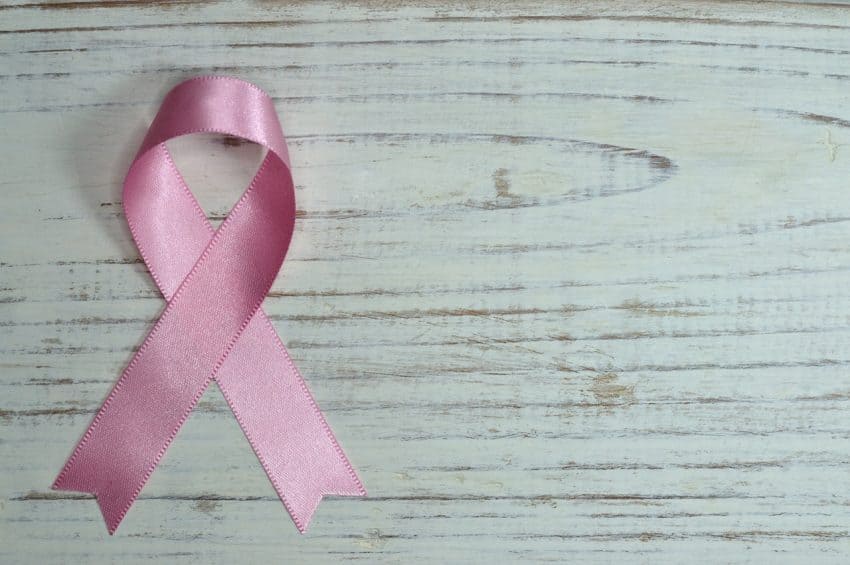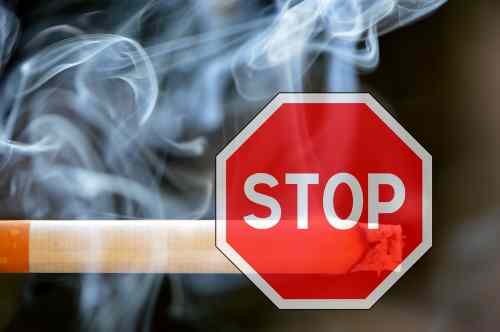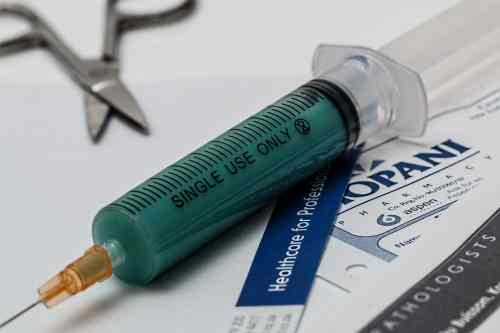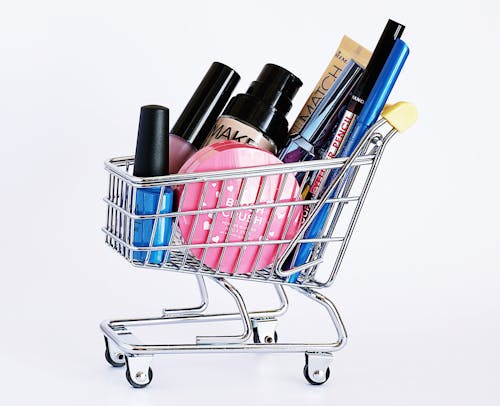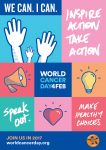Today the 4th of February is world cancer day and everyone unites to raise more awareness and education about cancer. There are several tips you need to know to reduce your risk.
The theme for Cancer Day this year is ‘#IAmAndIWill’. Whoever you are, you have the power to reduce the impact of cancer for yourself, the people you love and for the world. It’s time to make a personal commitment.
Over a third of all cancers can be prevented by reducing your exposure to risk factors such as tobacco, obesity, physical inactivity, infections, alcohol, environmental pollution, occupational carcinogens and radiation.
Prevention of certain cancers may also be effective through vaccination against the Hepatitis B Virus (HBV) and the Human Papilloma Virus (HPV), helping to protect against liver cancer and cervical cancer respectively.
There are certain things you can do to prevent cancer, to be more aware, make better choices and take quick action if you notice anything.

1. Maintain a healthy diet
Making healthier choices when it comes to what you and your family eat might help reduce the risk of cancer. It is more important than ever to stay lean, According to a study by Harvard Medical School, Obesity increases the risk of many forms of cancer.
Eat plenty of fruits and vegetables. Base your diet on fruits, vegetables and other foods from plant sources — such as whole grains and beans.
Avoid processed foods. foods that have been chemically processed and made from refined ingredients and artificial substances are dangerous to our health. They are usually high in sugar, and they are made to be extremely desirable which leads to overconsumption. Many processed foods also low in nutrients and contain preservatives, colourants, and many additives that are harmful.
While making meals for the family, think of healthy options all the time and plan ahead. For example, you can scrap canned foods in exchange for their natural equivalents. Rather than use tin tomatoes think of using fresh tomatoes and blend this for your stew and other meals.
It is also very important to reduce processed meats and red meats. Eating large amounts of processed meat can slightly increase the risk of certain types of cancer.
2. Don’t use tobacco (quit smoking)
Using any type of tobacco; including shisha; puts you on a collision course with cancer. Smoking has been linked to various types of cancer — including cancer of the lung, mouth, throat, larynx, pancreas, bladder, cervix and kidney. In addition, chewing tobacco has been linked to cancer of the oral cavity and pancreas.
Tobacco use is one of the single largest preventable cause of cancer globally. [Tweet “Quitting smoking will have a major positive impact on an individual’s health and that of his friends and family as well.”]The good news is that quitting at any age is beneficial as it will increase life expectancy and improve quality of life. Secondhand exposure to smoke might increase your risk of lung cancer.
3. Maintain a healthy weight and be physically active
Maintaining a healthy weight might lower the risk of various types of cancer, including cancer of the breast, prostate, lung, colon and kidney. Adopting a healthier diet such as eating lighter and leaner play a big part in maintaining a healthy weight. Think of natural and close to the ground when you are making your food choices. Reduce processed and refined foods.
In addition to helping you control your weight, physical activity on its own might lower the risk of breast cancer and colon cancer. Adults who participate in any amount of physical activity gain some health benefits. But for substantial health benefits, strive to get at least 150 minutes a week of moderate aerobic activity or 75 minutes a week of vigorous aerobic physical activity. You can also do a combination of moderate and vigorous activity.
[Tweet “As a general goal, include at least 30 minutes of physical activity in your daily routine; and if you can do more, even better.”]
4. If you choose to drink alcohol, do so only in moderation.
The risk of various types of cancer — including cancer of the breast, colon, lung, kidney and liver — increases with the amount of alcohol you drink and the length of time you have been drinking regularly. If you choose to drink, drink in moderation.
5. Protect yourself from the sun
Reducing exposure to ultraviolet (UV) radiation from the sun and other sources, such as solariums, is also important to reduce the risk of many skin cancers.
If possible stay out of the sun between 10 a.m. and 4 p.m. when the sun’s rays are strongest. When you are outdoors, stay in the shade as much as possible. Invest in Sunglasses and a broad-brimmed hat; this is important for children who play outdoors and while at the beach. You should cover exposed areas and lastly, if you are going to be outdoors it is advisable to use sunscreen, even for darker skin.
6. Get immunized
Cancer prevention includes protection from certain viral infections. It is important to talk to your doctor about immunization against HPV and hepatitis B virus.
• Hepatitis B can increase the risk of developing liver cancer.
• Human papillomavirus (HPV) is a sexually transmitted virus that can lead to cervical and other genital cancers as well as squamous cell cancers of the head and neck.
In Nigeria, one woman dies every hour of cervical cancer. A pre-exposure vaccine is one of the most effective methods of preventing the transmission of HPV (human papillomavirus). You can vaccinate your children from age 11. Adults can be vaccinated too, but if sexually active before the vaccine, you would still require yearly follow up screenings to be safe.
7. Early detection is KEY! Get regular medical care
Regular self-exams and screenings for various types of cancers; such as cancer of the skin, colon, cervix and breast; can increase your chances of discovering cancer early. The earlier any cancer symptoms are detected the better because this is when treatment is most likely to be successful. Ask your doctor about the best cancer screening schedule for you.
8. Schools and Healthy Living
Schools can be champions of healthy behaviour among children, staff, parents and the wider community by cultivating an environment that supports good nutrition and physical activity. [Tweet “Every school can foster a culture of healthy choices and habits.”]
Providing healthy choices in school canteens and cafeterias to ensure children have access to lower energy density meals and snacks is one great step in the right direction. For example, schools can make water available instead of sugar-sweetened beverages, this can have a considerable influence on the development of positive attitudes towards food and promote healthy behaviours.
The World Health Organization recommends the establishment of healthy nutrition guidelines in schools to promote a healthy school environment.
9. Participation in physical education and activity should be compulsory for students
Regular participation in quality physical education will improve a child’s attention span and enhance their cognitive control. This will also help with healthy weight and a positive attitude to physical activity.
10. Look out for Safe Products
There are certain ingredients in home and beauty products that have a link to cancer. It is very important to be careful about the products we put on our skin on a daily basis.
Girls are entering puberty earlier than a generation ago. The younger girls are when they enter puberty, the greater their risk of breast cancer later in life. However, there are things that parents can do at home to reduce the risk.
One is to buy safer products by reading product ingredient labels, and avoiding items with “fragrance” or other Red List Chemicals. You can use Online Tools to Find Safer Products; some of such resources are Apps and websites like ThinkDirty, EWG’s Skin Deep, and the Good Guide which will rate your personal care products for safety and toxicity.
Let your kid be a kid a little longer! Delay introducing them to makeup especially color cosmetics, hair dye, nail polish and lipstick until they are past the critical periods of development for reducing breast cancer risk. For more on how to protect your children read here.
[Tweet “Cooking utensils are also important when it comes to avoiding cancer-causing ingredients”]
A lot of non-stick pans that are coated with Teflon are quite dangerous when scratched because some of the nonstick coatings might get in your food. Teflon contains particles called PFAS, which over 200 scientists have agreed are carcinogenic. It is recommended that you avoid PFAS-free and avoid anything with Teflon in it. Find out more about cancer-causing toxic ingredients in regular everyday products.
Lastly, get used to the act of reading the labels on the products that you buy and use. If you cannot pronounce it then do not use it.
Take cancer prevention into your own hands, starting today by making a few lifestyle changes. The rewards will last a lifetime.
